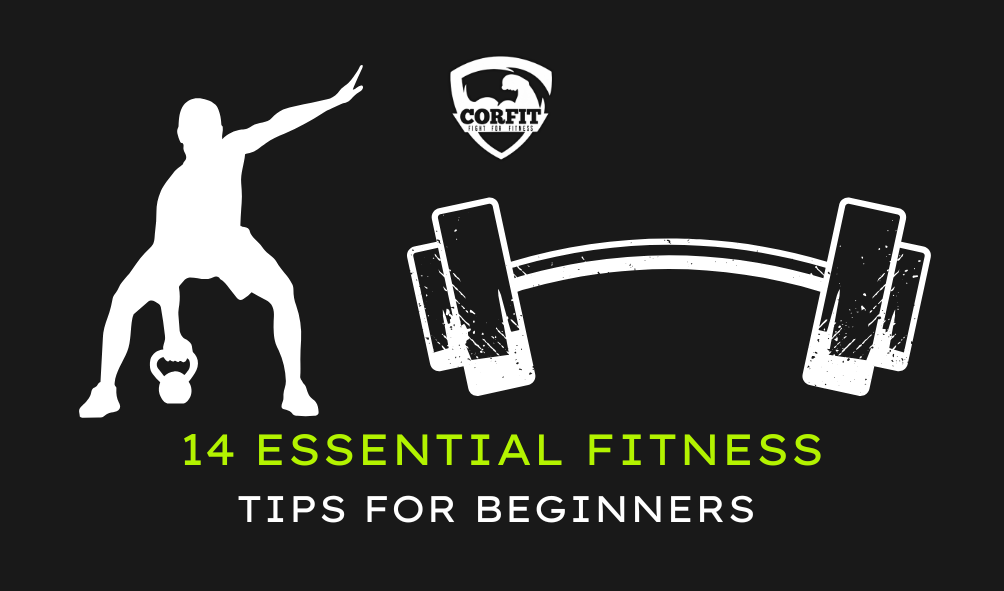Starting a fitness journey can feel exciting yet daunting, especially for beginners. With a flood of fitness routines, diet plans, and workout tips available, knowing how to begin can be tricky. Setting achievable and realistic fitness goals lays the groundwork for a successful and sustainable fitness journey. This guide provides actionable insights to help beginners establish practical goals and maintain long-term health and wellness.



Table of Contents
Why Setting Realistic Fitness Goals Matters
Establishing realistic goals is essential for maintaining motivation and avoiding burnout. Unrealistic expectations can lead to frustration and even physical injury. By setting achievable milestones, you build confidence, track progress, and sustain a healthy momentum toward your Realistic Fitness Goals aspirations.
1. Start Small and Stay Consistent
Building Habits
Consistency is key to fitness success. Instead of diving into an intense workout regime, focus on manageable commitments:
- Work out 3-4 times per week for 20-30 minutes per session.
- Mix cardio, strength training, and flexibility exercises.
- Gradually increase workout intensity and duration as stamina builds.
Track Your Steps
Walking is one of the simplest ways to stay active. Aim for 7,000-10,000 steps daily. Use a fitness tracker or mobile app to monitor and celebrate your progress.
2. Prioritize Overall Health
Hydration Goals
Dehydration negatively impacts energy levels, physical performance, and overall well-being. Aim to drink 2-3 liters of water daily. Enhance hydration by adding natural flavors like lemon or mint to your water.
Balanced Diet
Rather than following restrictive diets, prioritize balanced nutrition:
- Incorporate lean proteins, healthy fats, complex carbs, and plenty of fruits and vegetables.
- Practice portion control and mindful eating.
- Limit processed foods and sugary beverages.
3. Set Strength and Endurance Goals
Bodyweight Workouts
Strength training doesn’t require expensive equipment. Bodyweight exercises like push-ups, squats, and planks are effective for building strength. Start with:
- 10-15 repetitions for 2-3 sets per exercise.
- Gradually increase repetitions as you grow stronger.
Cardio Routines
Cardio improves heart health and endurance. For beginners:
- Engage in 20-30 minutes of moderate cardio, such as brisk walking or cycling, 3-4 times weekly.
- Increase duration or intensity as your fitness level improves.
4. Enhance Flexibility and Mobility
Flexibility is a key component of overall fitness. Stretching and mobility exercises reduce the risk of injury and improve workout performance. Include:
- Post-workout stretching for 10-15 minutes.
- Yoga or Pilates sessions twice weekly to improve flexibility and balance.
5. Monitor and Celebrate Progress
Track Your Journey
Documenting progress helps maintain focus and motivation. Use a journal or Realistic Fitness Goals app to log:
- Workouts and daily activities.
- Meals and hydration levels.
- Weight, measurements, and other physical changes.
Non-Scale Victories
Fitness progress isn’t only about the numbers on a scale. Celebrate improvements in energy levels, mood, endurance, and clothing fit.
6. Realistic Weight Management Goals
For those aiming for weight loss or muscle gain, set achievable targets:
- Weight Loss: Aim to lose 0.5-1 kg per week through a balanced diet and consistent exercise.
- Muscle Gain: Focus on strength training and adequate protein intake. Remember, muscle building takes time and patience.
7. Include Rest and Recovery
Rest days are vital for recovery and growth. Overtraining can lead to injuries and burnout. Schedule 1-2 rest days weekly to allow your body to recharge. On rest days:
- Engage in light activities like walking or yoga.
- Prioritize quality sleep for muscle repair and overall health.
8. Cultivate a Positive Mindset
A positive mindset is crucial for overcoming challenges and staying consistent. Here’s how:
- Celebrate small milestones.
- Avoid comparing yourself to others.
- Focus on how fitness improves your overall well-being, not just appearance.
9. Seek Expert Guidance
Working with a professional trainer or using reputable online resources can provide structure and safety:
- Trainers can tailor a workout plan to your goals.
- Proper form and technique reduce the risk of injury.
- Accountability increases commitment.
10. Make Fitness Fun
Enjoyment is essential for long-term consistency. Discover activities that excite you, such as:
- Dance classes, group fitness sessions, or sports.
- Outdoor activities like hiking or cycling.
- Experimenting with different workout styles to keep things fresh.
11. Plan for Long-Term Success
While short-term goals are important, long-term aspirations provide direction. Examples include:
- Running a 5K or 10K race.
- Achieving a specific strength milestone, like a pull-up.
- Improving overall endurance for daily activities.
Break these larger goals into smaller, actionable steps to maintain motivation.
12. Overcome Common Challenges
Time Constraints
- Opt for quick, high-intensity workouts like HIIT (High-Intensity Interval Training).
- Incorporate movement into your day, such as taking the stairs or stretching during breaks.
Motivation Slumps
- Partner with a workout buddy for mutual encouragement.
- Set rewards for meeting milestones, like buying new workout gear.
Plateaus
- Adjust your routine to challenge your body in new ways.
- Increase workout intensity or incorporate new exercises to break through plateaus.
13. Practice Patience and Persistence
Fitness is a journey, not a sprint. Results take time, so remain patient and trust the process. Avoid quick fixes or extreme measures. Instead, focus on sustainable habits that lead to lasting health improvements.
14. Document and Celebrate Success
Track your achievements through photos, journals, or videos. Reflecting on how far you’ve come can provide motivation and remind you of your progress.
Conclusion
Realistic fitness goals are the foundation of a successful fitness journey. By focusing on consistency, gradual improvement, and overall health, beginners can create sustainable habits and achieve their desired outcomes. Remember to celebrate progress, stay patient, and enjoy the process. With dedication and the right mindset, you can transform your fitness journey into a lifelong commitment to health and well-being.
For expert advice and tailored fitness plans, visit Corfit Gym. Looking for high-quality workout gear?

